
INSIDE THIS EDITION:
- From Lincoln's THE PERPETUATION OF OUR POLITICAL INSTITUTIONS: ADDRESS BEFORE THE YOUNG MEN'S LYCEUM OF SPRINGFIELD, ILLINOIS
- MY MARCHE SLAVE by Ruth Mills
- LUMINA AND PRISMATICA COMES TO DISTRICT PARK
- Attleboro Art Museum: IMPRESSIONS OF CIVIL WAR MEMORABILIA: A CONTEMPORARY NARRATIVE
From “The Perpetuation of Our Political Institutions: Address Before the Young Men's Lyceum of Springfield, Illinois”
January 27, 1838
“Let every American, every lover of liberty, every well wisher to his posterity, swear by the blood of the Revolution, never to violate in the least particular, the laws of the country; and never to tolerate their violation by others. As the patriots of seventy-six did to the support of the Declaration of Independence, so to the support of the Constitution and Laws, let every American pledge his life, his property, and his sacred honor;--let every man remember that to violate the law, is to trample on the blood of his father, and to tear the character of his own, and his children's liberty. Let reverence for the laws, be breathed by every American mother, to the lisping babe, that prattles on her lap--let it be taught in schools, in seminaries, and in colleges; let it be written in Primers, spelling books, and in Almanacs;--let it be preached from the pulpit, proclaimed in legislative halls, and enforced in courts of justice. And, in short, let it become the political religion of the nation; and let the old and the young, the rich and the poor, the grave and the gay, of all sexes and tongues, and colors and conditions, sacrifice unceasingly upon its altars.”
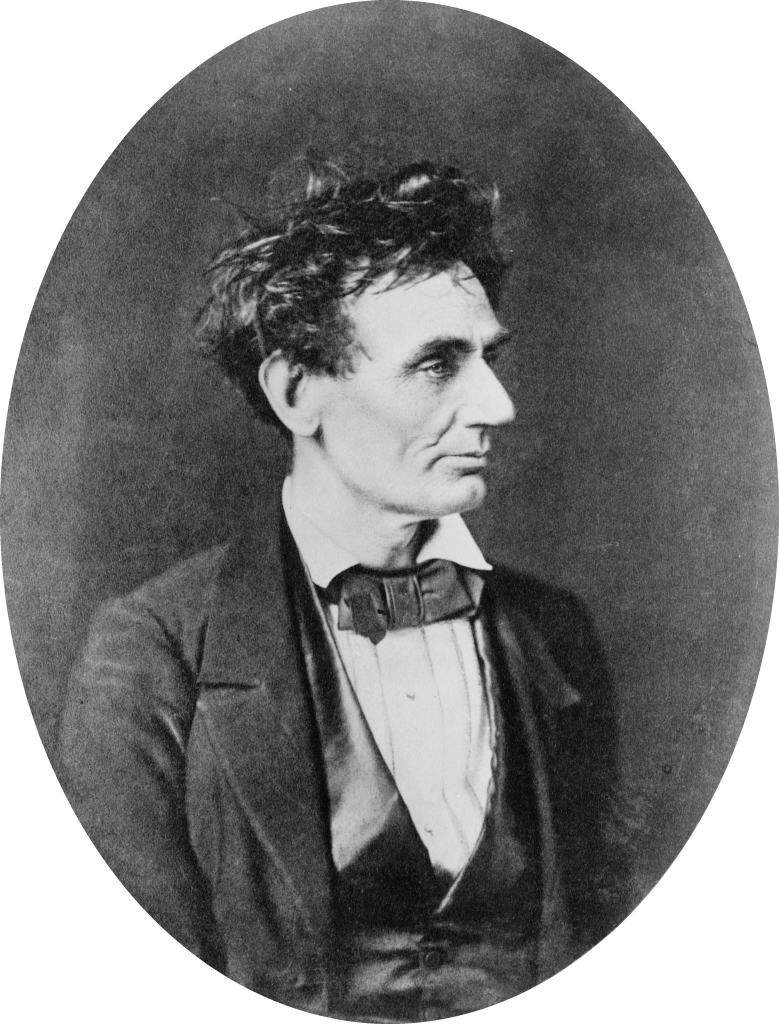
Abraham Lincoln
February 12, 1809 – April 15, 1865
My Marche Slave
by Ruth Mills
The music begins with a low rumble, a dirge played by cellos and timpani. After a few measures a somber folk tune joins in. Gradually the music builds, grows more joyous, ending with a raucous celebration of Slavic peoples. At the first performance in 1876, as the final note was played, people jumped to their feet, some stood on their chairs, weeping and shouting. For an encore, the entire ten-minute piece was played again. The reaction the second time around was the same. I get it and I am not even Slavic. I loved the piece.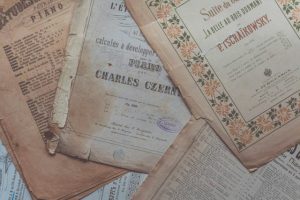
This was not the case when I sat home alone preparing for my first NYSMA (New York State Sectional Music Association) concert. While I was familiar with Swan Lake, The Nutcracker, and the Pathetique Symphony, I had never heard Marche Slav. My father played Tchaikovsky full blast on his hi-fi as he sat in his study preparing sermons. It was his way of drowning out six kids, creating ironically, peace for him. But as I scratched out those four measures, one note repeated again and again, it seemed like something I did not need to practice. Oh I knew I should count it out, but I was sure I could wing it.
Student musicians representing twenty schools from our geographically huge but sparsely populated section of northern New York gathered in my high school’s gym to practice for several days, preparing for a concert on Saturday night. Our guest conductor, lured to us from the Albany Symphony Orchestra, was getting exasperated. Someone kept coming in at the wrong time. “I’m not Eugene Ormandy,” he complained. “I can’t just stop and start over. We all have to come in at the right time.”
I was starting to notice angry glances in my direction, especially from Brooks Willoughby, seated next to me. His placement there was no accident. He was an accomplished cellist for his age, in part, I am sure, because his father was chair of the music department at our local branch of the state university. I was seen as the weakest link and they hoped he could help. His lanky body wrapped around his cello, with the obligatory shoulder-length hair, he exuded all things cool. He did not relish the role of mentoring me.
Perhaps if someone had thought to play the piece for me in its entirety before I joined this ad hoc orchestra, I would have prepared better, knowing how every part worked together. My sixteen-year-old brain never thought of this and neither did anyone else’s. I was not sure how I got accepted into this elite group of high school musicians anyway. I did earn a 3A at the individual competition but that “three” means I played something really easy.
Brooks was extremely interested in the willowy blond behind me and I doubt it was her superior musical ability that interested him. Shockingly, she wore a mini-skirt while playing her cello, which provided more than just her pretty face for him to look at. During every break in the music, he turned around to flirt with her. I tried not to look at them, fearing I might be the object of some of their derision. While my eyes portrayed my perpetual fear of humiliation, her eyes gleamed with the ability to administer it.
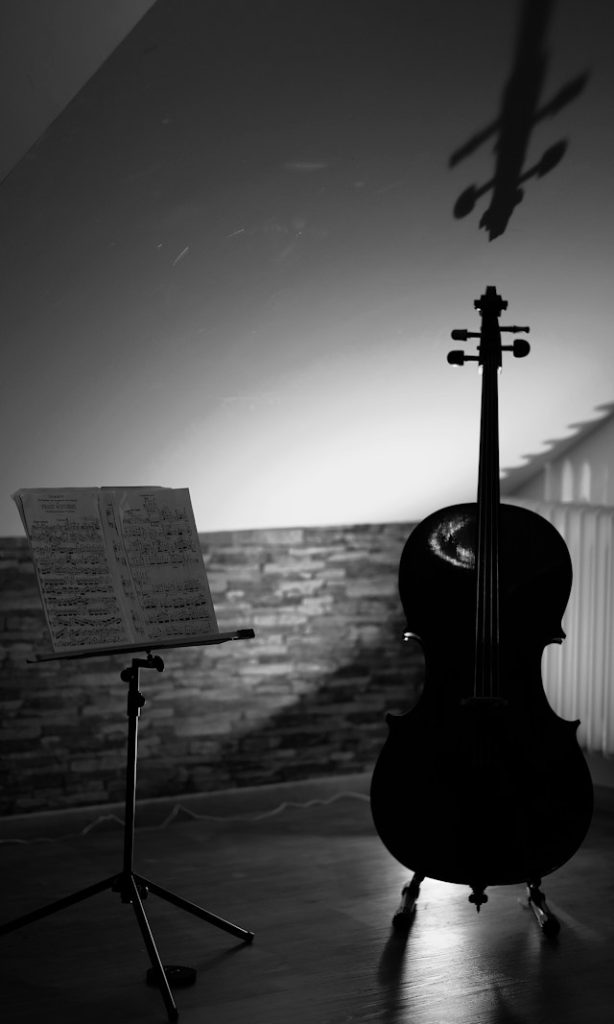
And I was a sponge for humiliation. During breaks, we all rested our cellos on their sides on the floor near our seats. Once when I returned, I managed to trip over my mine, breaking the bridge. My music teacher ran to assist so that I would not interrupt the practice. Brooks, the mini-skirt, and others were openly laughing.
Finding the right dress for the concert was a challenge. In 1969 the styles were quite straight, making it difficult to play a cello. I did not want to be like Miss Willowy. My sister, an excellent seamstress, found a pattern and beautiful moiré fabric. She sewed a simple dress and made it a little wider around the hem. Yes, this would work!
We had heard of panty hose by then but they were not yet available in our part of the boondocks. We still wore garter belts. I tried on the dress with nylons held by garters, sat down with the cello, and confirmed that there were no unfortunate displays. The night of the concert, the nylons I had tested now had a run. I grabbed a new pair, hitched them, and set off for the concert.
The problem became apparent as soon as I sat down with my cello. The new nylons were shorter and the garter kept peeking out from under the dress. My furtive tugs did not help. Brooks and Willow were practically in tears trying to hold in their laughter. Willow, of course, was wearing something modest and appropriate.
“There is nothing you can do about the wardrobe malfunction,” I told myself and I tried to focus on the music. Tchaikovsky rumbled and then soared, delighting all.
Shortly thereafter I bought my first LP, Marche Slav played by the Philadelphia Orchestra with Eugene Ormandy conducting. That summer, when visiting my grandparents, I went to the King of Prussia Shopping Center, largest mall in the world at that time, and bought panty hose!
The following year, Brooks’ high school hosted the NYSSMA concert. Again I was placed next to Brook with Willow behind us. I was still an inferior musician but a little better prepared. I was able to ignore Willow and Willoughby.
I am sure Tchaikovsky would be shocked to know that anyone associates his beautiful Marche Slav with unfortunate garter displays. That, however, is my reality. Today I hold my own celebration, not of all things Slavic (because I am still not Slavic), but of old age. Oops! I mean retirement. My celebration is a little too tame to be called raucous. It is a celebration of freedom, of having survived adolescence, of learning to laugh through life’s humiliating moments, and of having made it to joyous golden years.

Lumina and Prismatica comes to District Park!
195 District Park is partnering with the Downtown Providence Parks Network and City of Providence to bring Lumina, a month-long light and art installation connecting the Providence Rink Bank Newport City Center and District Park via a light-adorned Dorrance Street. There will be several exciting activities throughout the month to celebrate.
Don’t miss Prismatica, making its Rhode Island debut as part of this attraction which is currently transforming the pathways throughout the park into a kaleidoscope of color and sound. Twenty-five prisms invite visitors to engage with the rotating forms while soft bell tones blanket the serene riverfront park.
Prismatica is a light installation by RAWDesign, and a production of Quartier des Spectacles Partnership, distributed by QDSinternational (QDSI). Lumina will be installed through February 20.
Find the full schedule of events on https://downtownpvdpark.life/lumina
TRAVEL STORIES
If you ever have occasion to visit the Philippines, a day trip to the island of Corregidor would be time well spent. Corregidor is a small island in Manila Bay, 50 Km from the city of Manila, just south of the Bataan peninsula. It is commonly said to be shaped like a tadpole, or, if you are microscopically inclined, like a sperm cell.
Corregidor was the site of the final battle of the conquest of the Philippines by Japan during World War ll. The Japanese campaign against the US & Filipino armies lasted about 6 months, and ended with the battle of Corregidor on May 5-6, 1942. General MacArthur and his family had evacuated to Australia as ordered by President Roosevelt in March. Remember his famous quote “I shall return”?
General Jonathan Wainwright and US and Filipino armies were subject to the infamous Bataan Death March, a cruel and deadly war crime, to their place of imprisonment on the Bataan peninsula.
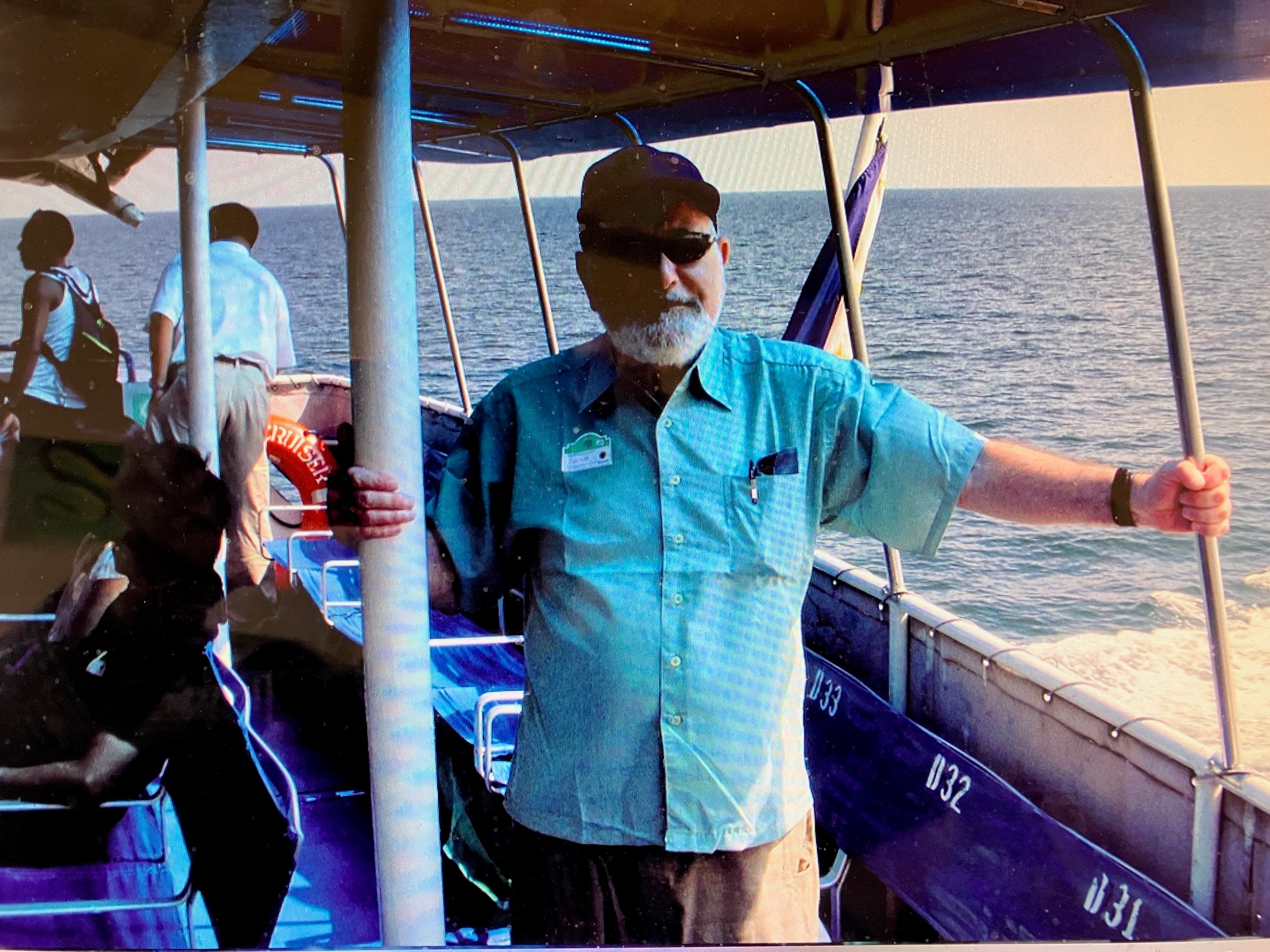
On Manila Bay, en route to Corregidor
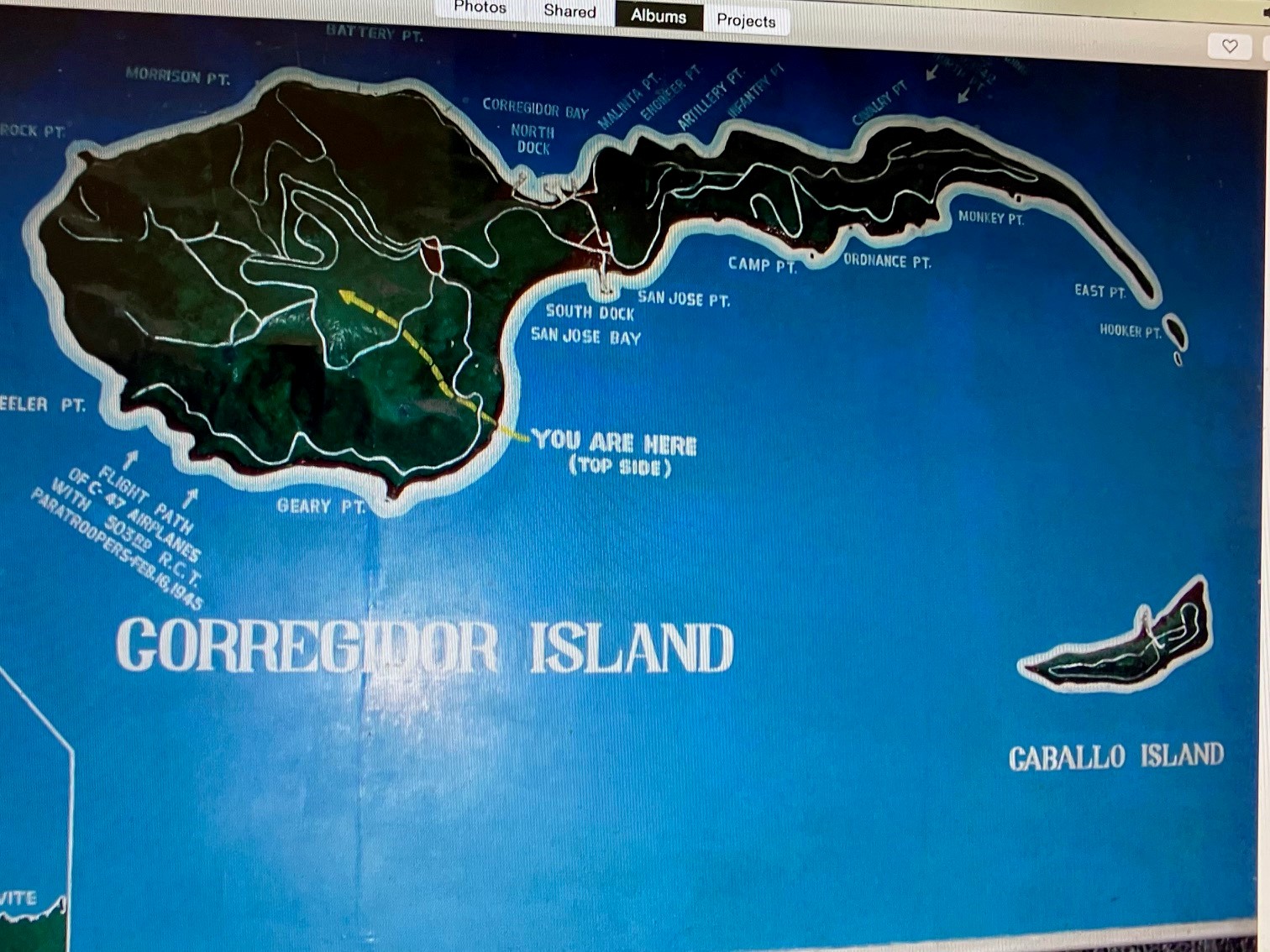
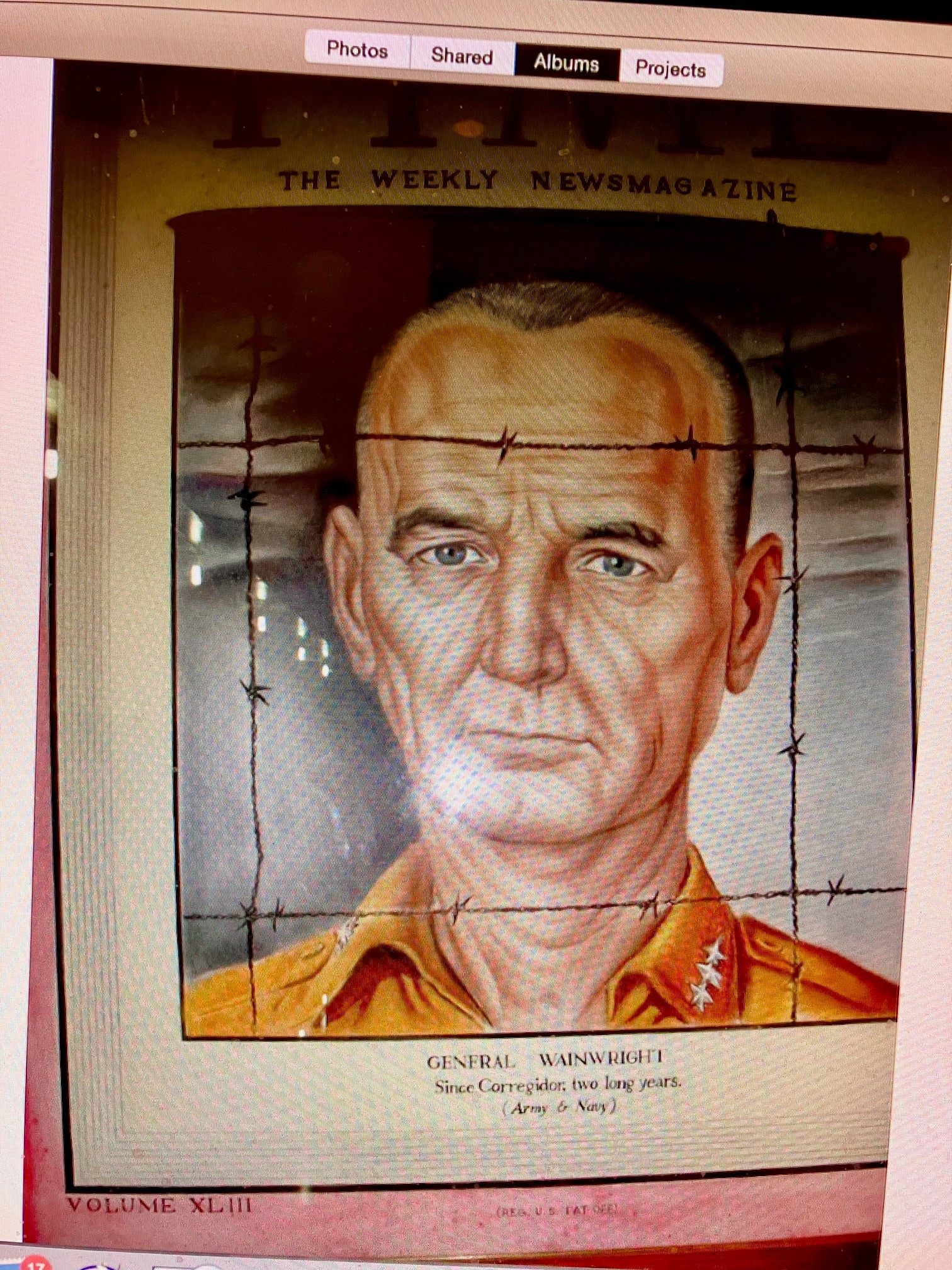
General John Wainwright
The island is situated in Manila Bay, 50 Km from the city of Manila. It is accessible only by boat. Aside from its beauty as a tropical island, its features of interest are related to its WWll history. There are ruins of military buildings, including barracks and other facilities that have been left in their post battle skeletal condition.
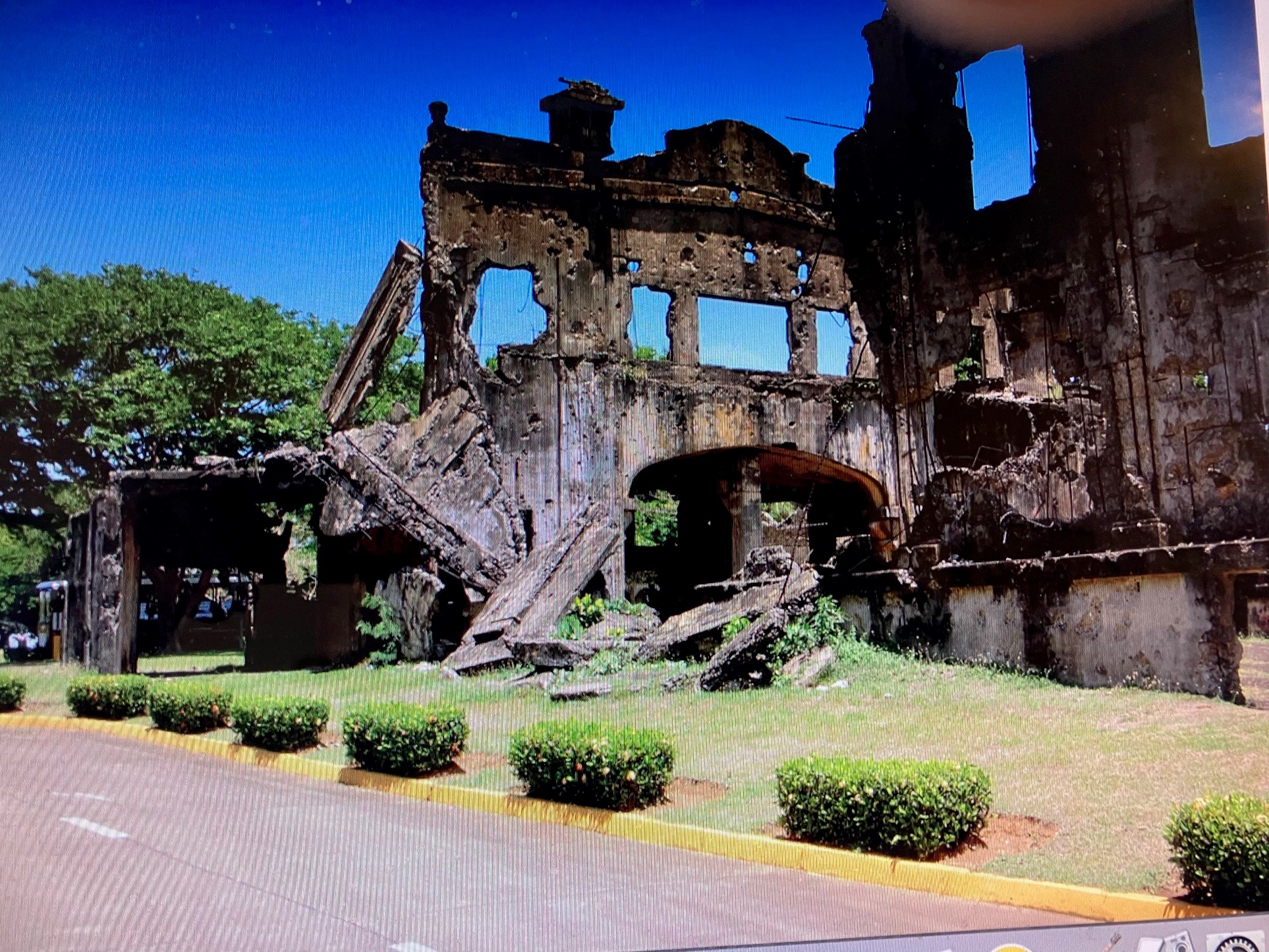
There are numerous WWll era artillery and antiaircraft installments that have been left in situ. There is a lighthouse and memorials, and statues of important figures in the conflict.
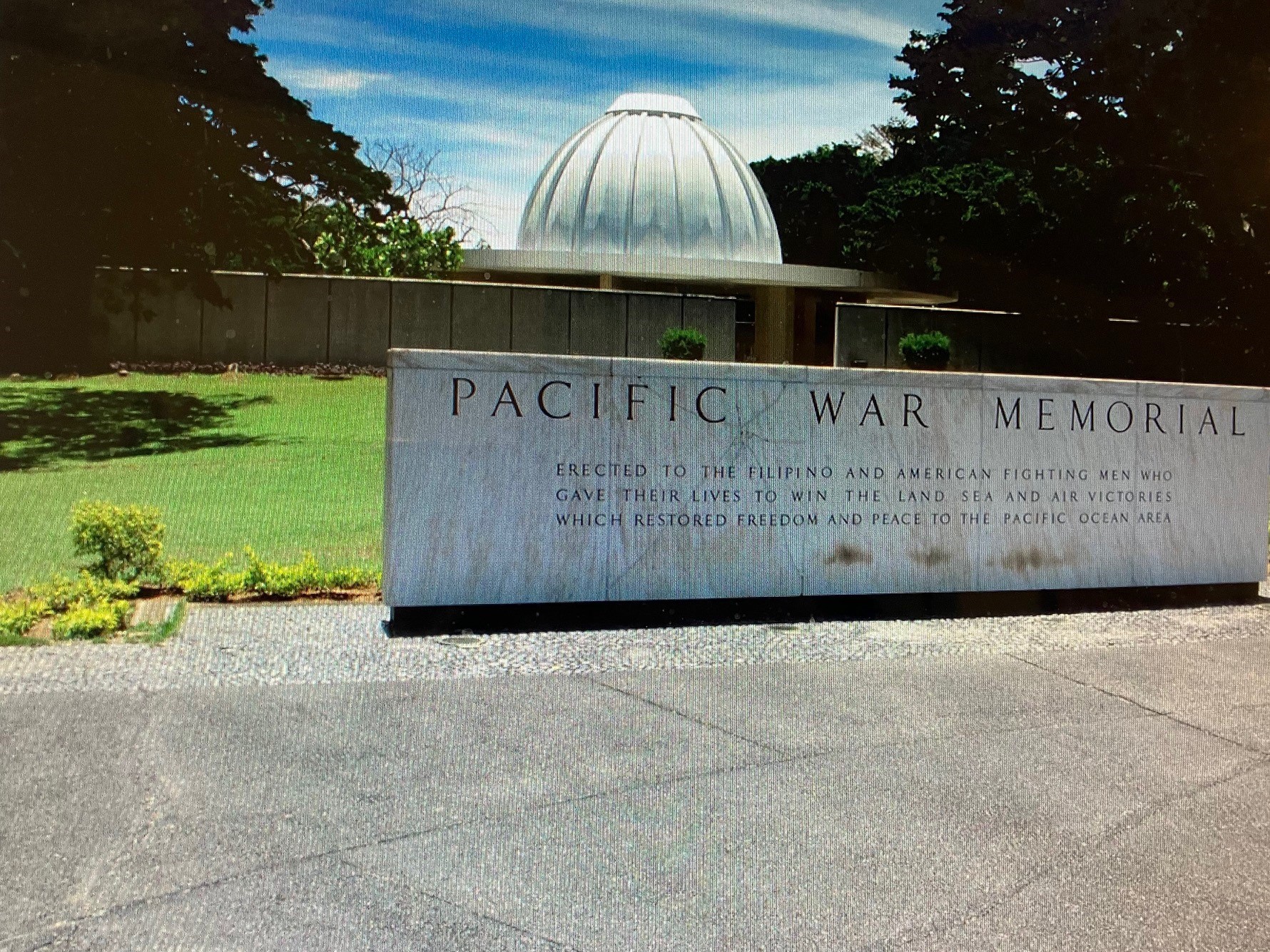
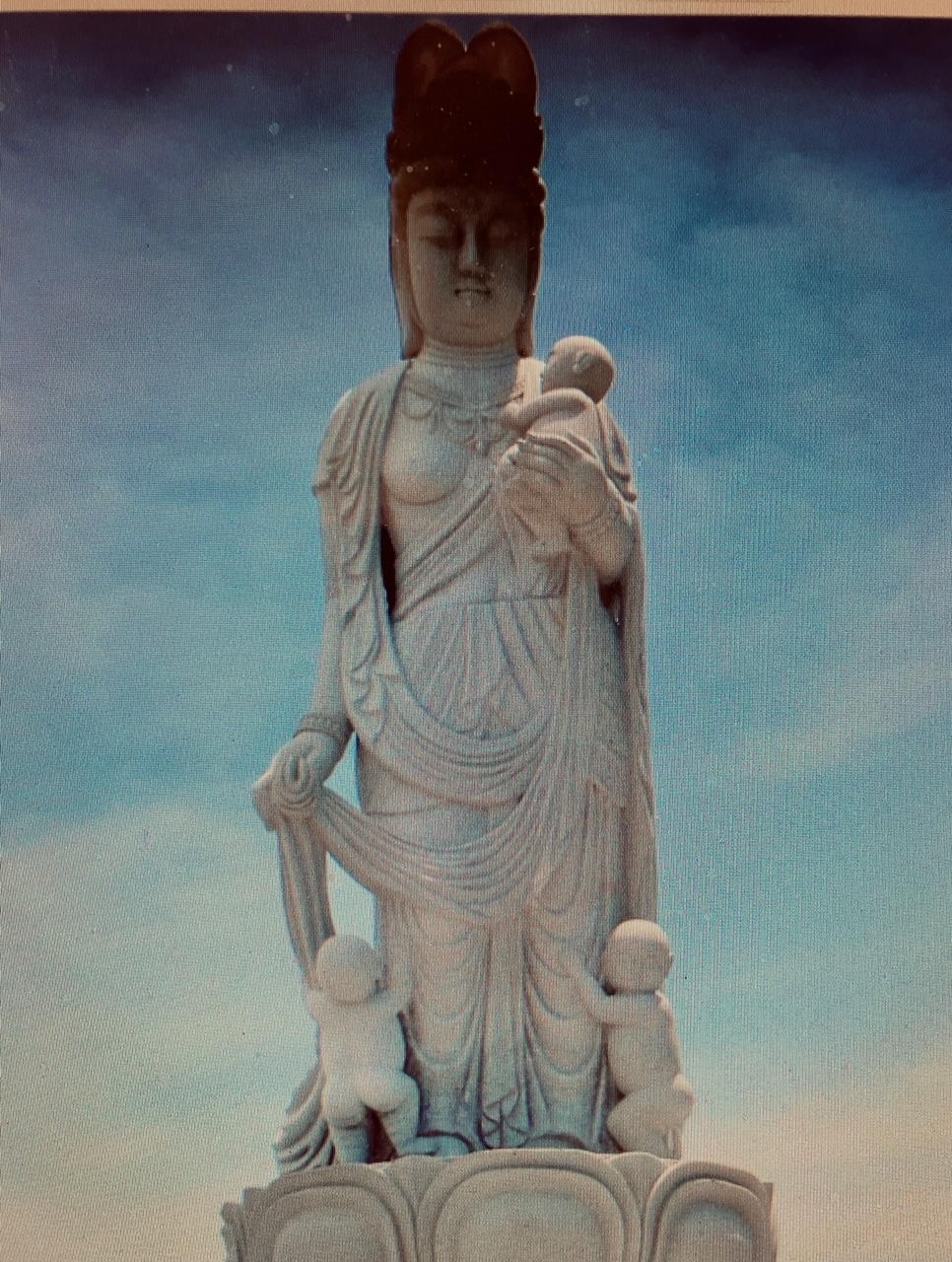
At the Memorial Peace Garden: Buddha/Fertility Goddess
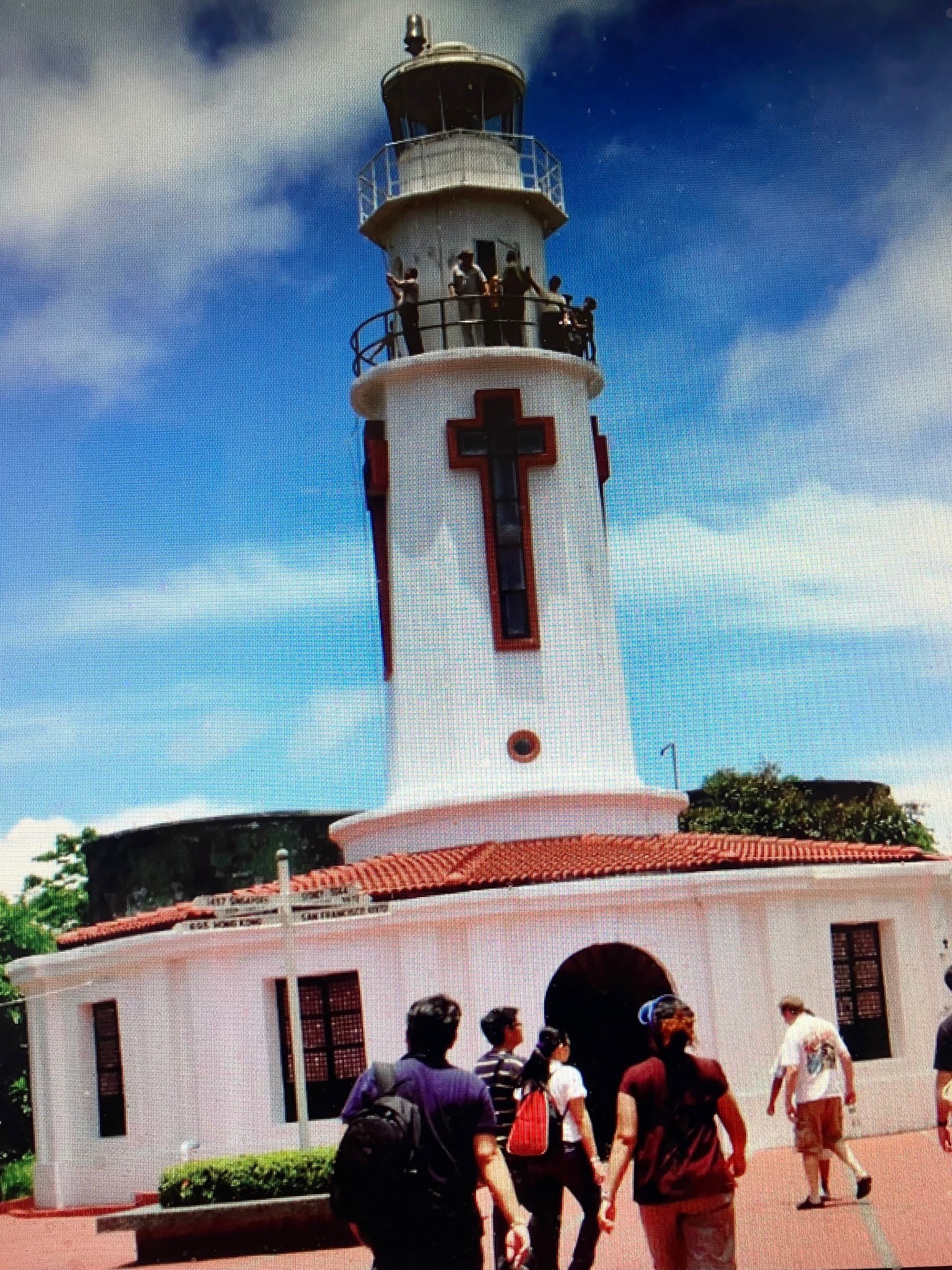
Of interest is the Japanese Memorial Peace Garden. It was erected by a Japanese group in memory of their fallen countrymen. It includes this 10 foot high statue which is described by various sources as a Buddha, or as a Shinto fertility goddess.
The Malinta Tunnel is an enormous underground facility which, during the siege, served as a protective bomb proof site for a 1000 bed hospital as well as military headquarters and housing.
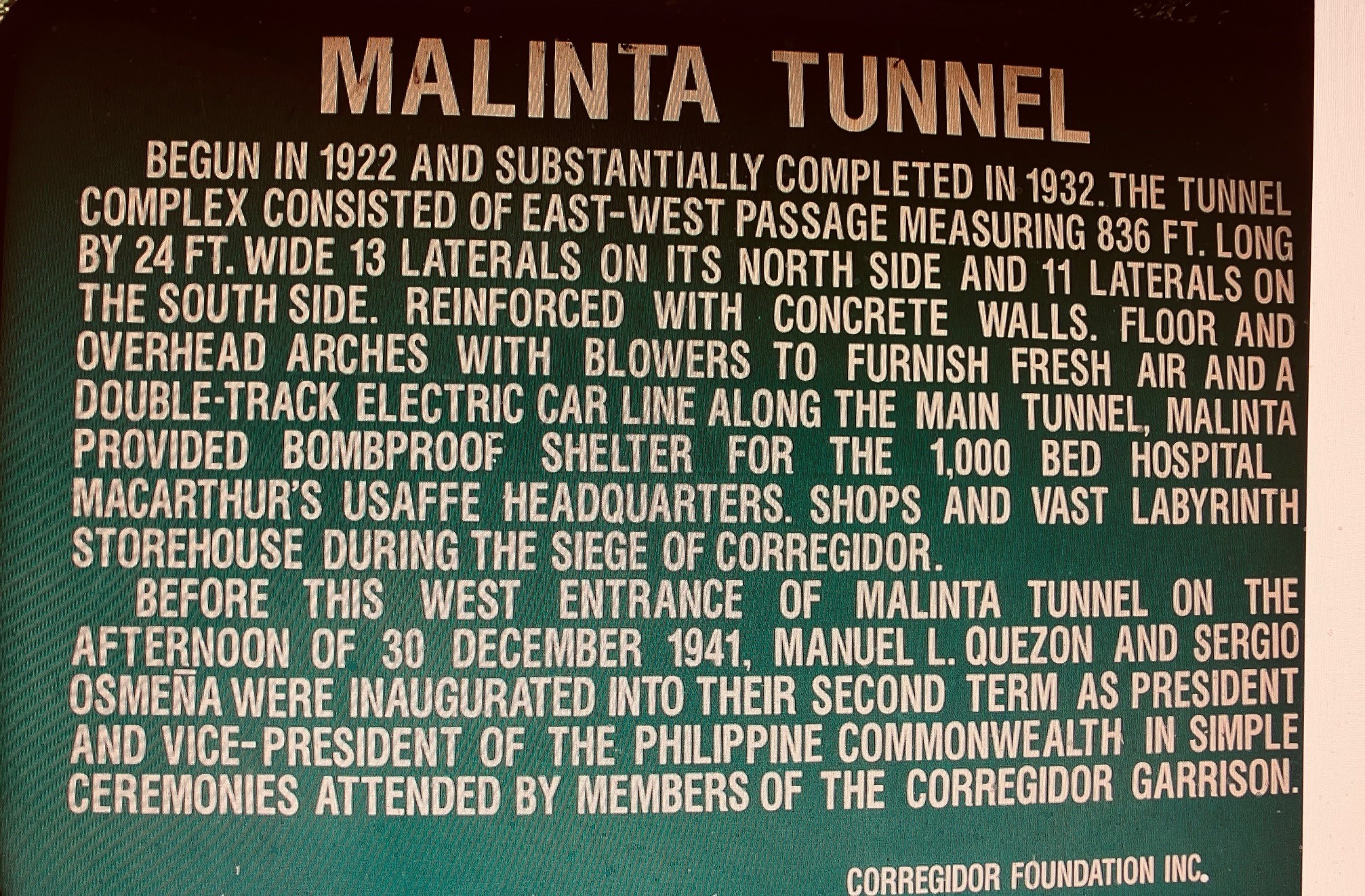
ATTLEBORO ART MUSEUM
IMPRESSIONS OF CIVIL WAR MEMORABILIA: A CONTEMPORARY NARRATIVE
from the Attleboro Arts Museum’s Permanent Collection
Exhibition: February 15th – 29th, 2024
Gallery Hours: Tuesday – Saturday, 10am – 5pm
Gallery admission and parking are free
Attleboro Arts Museum, 86 Park Street, Attleboro, MA 02703
Exhibiting Artists
Sandy Coleman, L’Merchie Frazier, Quincy Harding, Shea Justice, Gwendolyn Lanier, DaNice D. Marshall, Shaun Martins, Lisa Murphy, Monique Rolle-Johnson
A Contemporary Narrative is generously supported by:
Attleboro Cultural Council
The Family of Gary J. Oliveira
Mass Cultural Council
SouthCoast Community Foundation
